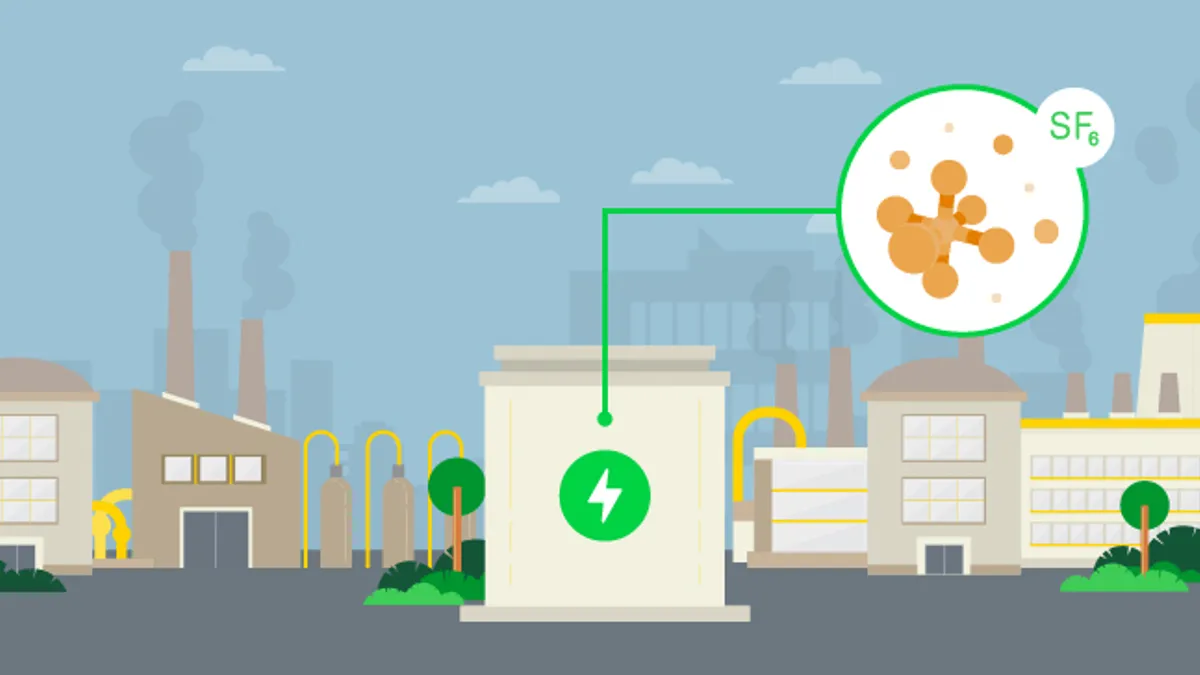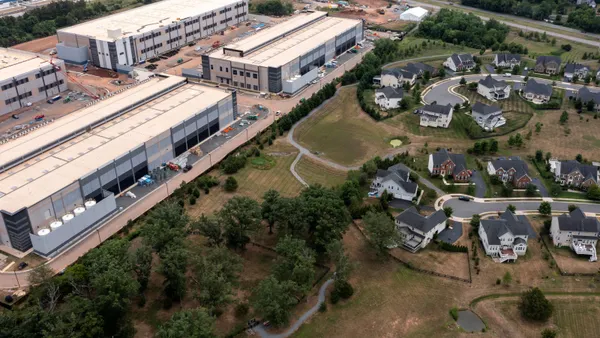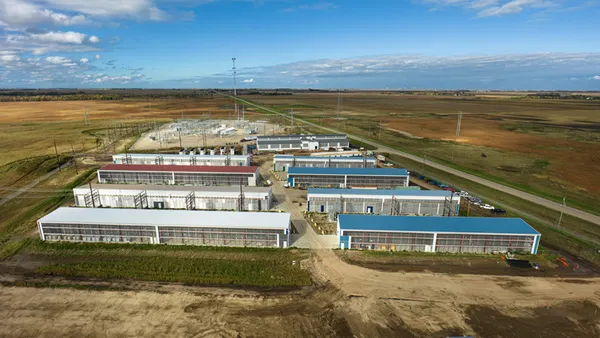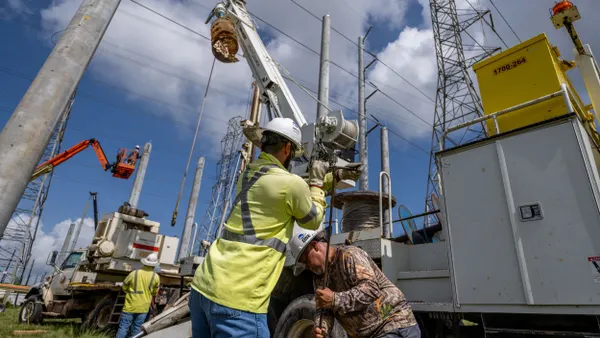Globally, every industry is accelerating decarbonization initiatives. Buildings and factories are becoming more electrified by replacing fossil-fuel-based heating and processes. As more renewable energy is progressively added to the power grid, the grid itself must take steps to decarbonize. The SF6 greenhouse gas currently has a unique use exemption in insulating electrical distribution equipment, including ring main units (RMUs). But there may be a ban on SF6 in the coming years.
Fortunately, game-changing innovations offer a future-proof, greener RMU alternative with a similar footprint and operating modes while still providing high mechanical endurance, functional flexibility, and cybersecure connectivity. But what about this need in the power industry? We have the answers to common questions.
1. Why replace SF6?
Since the 1960s, SF6 has been used for insulation in high- and medium-voltage electrical equipment, but it is also recognized as a greenhouse gas 23,500 times more potent than CO2. For this reason, the EU and other countries and territories are implementing, or considering, measures to restrict its use. I recommend you begin the transition now to help you future-proof your grid operations.
2. Why innovate beyond F-gases?
Various fluorinated gas candidates have been recently studied to potentially replace SF6. However, each has shown downsides, including toxicity safety concerns, the recovery and recycling at the end of life, or low current breaking capacity.
In contrast, insulating with pure air is the optimal alternative. Pure air – pressurized and filtered to remove moisture and impurities – is safe to use and can be released at RMU end of life. Proper pressurization, testing, and monitoring can be used within the same footprint and with similarly low leakage as SF6 applications.
3. What makes SF6-free vacuum breaking easy to adopt?
Building on an innovative design approach, Shunt Vacuum Interruption (SVI)TM combines the vacuum interrupter with the disconnector to reduce the number of components, allowing the familiar 3-position switch operation. This configuration features specialized design elements that deliver capacity and endurance requirements within the exact dimensions of an SF6 load break switch. It enables a transition to greener power systems while offering all the benefits of the former technology, from the complete availability of functional units, including switch-fuse, to compact size and operations.
4. What makes an RMU smart grid-ready?
Every day, distributed energy resources are added to the grid. This requires more frequent reconfiguration of the ring, power and voltage management, remote control, and highly reliable operations.
The new RMU design enables very high mechanical endurance, over 40 years and 10,000 operations, with suitable materials. Composite materials and a complete sealing from the external environment provide extra protection against humidity, saltwater, and other harsh conditions.
Flexible protection, control, and monitoring functions are also essential. New RMU technology allows switch, switch-fuse, circuit breaker, and metering to be freely combined. Further, 0.5% accurate voltage measurement integrates with a remote terminal unit (RTU) to drive grid voltage management and load monitoring.
5. Does new RMU technology help reduce OpEx?
Yes, because it is natively digital. Equipped with sensors feeding data to an integrated RTU, sophisticated algorithms analyze various conditions, including electrical connection temperature, humidity, flood, and more. This supports condition-based predictive maintenance and asset management.
The system continuously monitors partial discharges and tracks temperatures to detect potential insulation or connection risks. Now, faults are quickly identified, isolated, and addressed before a failure or fire occurs. The entire platform can optionally connect to the cloud to further enhance operational safety, reliability, and cost savings.
6. Does more grid connectivity require greater cybersecurity?
Yes, power grid digitalization creates new vulnerabilities and increased cyber threats. It is imperative to consider cyber protection when choosing an RMU and all other connected grid equipment.
Cybersecurity must be addressed end-to-end, from connected devices (which an RMU is) through networks to all connected solutions and services, whether locally or cloud-based. This is why Schneider Electric follows development lifecycle practices compliant with global standards (e.g., IEC 62443), and its solutions are supported by services dedicated to fulfilling customer cybersecurity objectives.
As noted recently by Frederic Godemel, Executive Vice President of Power Systems and Services at Schneider Electric, “When you consider the 30-40-year lifespan of switchgear equipment, utilities have a once-in-a-generation opportunity to take action to avoid the risk of additional greenhouse gas emissions." New RMU technology enables more environmentally friendly grids that are future-proof against evolving regulations. At the same time, it provides the necessary robust and secure connectivity to increase uptime and control OpEx, today and tomorrow.
Watch the webinar to see Sustainable Innovations for Grids of The Future.










